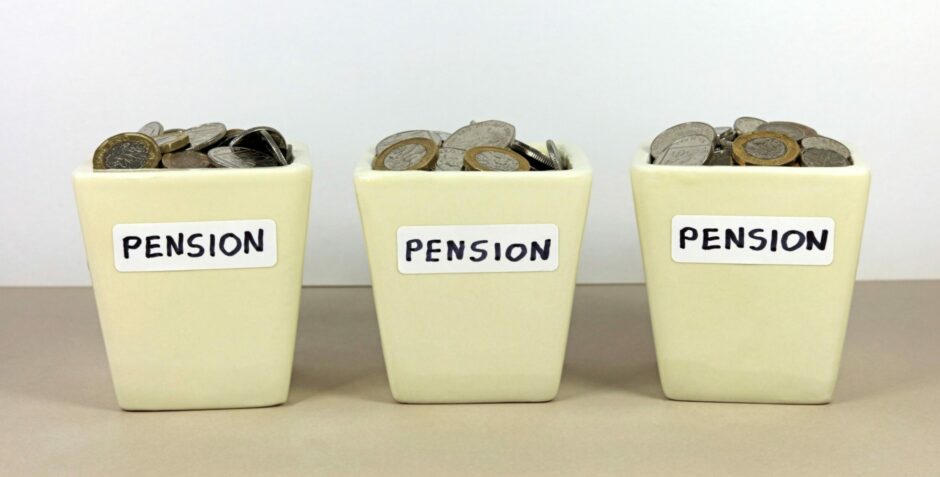The past 18 months or so saw many people make decisions to leave their pre-pandemic roles for a new employer.
Recent research from insurance giant Aviva revealed that around half of workers in Scotland plan to make changes in their careers in the next 12 months.
In fact, even pre Covid, it had become more common to see people moving between employers.
These changing work patterns bring into sharp focus the subject of pensions and in particular the issue of multiple pensions.
The past may be the key to your future.”
Research from another insurer, Aegon earlier in the year suggested the number of people with several pensions had risen by 11% over the past five years, with 73% having multiple pots.
But the same study also revealed only 21% knew the value of these pensions and almost one in five had no idea how to retrieve a lost pension.
So, what to do about it?
Well, firstly, look into the pension freedoms that were introduced several years ago.
In order to take full advantage of these, you need to know what you have and where it is.
There are ways and means to help you, not least the pension tracing service operated by the Department of Work and Pensions.
There is no doubt the new regulations allow for much greater flexibility.”
Once you’re armed with the information, what next?
One option is to look at what you want to do with your pension funds.
But with choice comes huge responsibility and corresponding risk.
There is no doubt the new regulations allow for much greater flexibility, enhancing the ability of savers to plan for the future.
One topical area is that of defined benefit or final salary schemes.
These are largely being phased out as they are very expensive for companies to operate.
In view of this substantial cost, many employers are encouraging pension scheme members – through a premium – to transfer out.
One clear benefit for such employers is they discharge their responsibility.
Pros and cons for scheme members
For members, there are benefits and drawbacks. The benefit to them of staying in the scheme is they receive a guaranteed amount until they die.
But effectively the pension dies with them, with some exceptions, however long they’ve been receiving payments.
By transferring, the key benefits are flexibility and, of course, a possible premium on the value of the fund.
In addition, if the pension scheme member dies, whatever is left can pass to a nominated beneficiary – potentially tax-free.
It’s never too early to prepare for retirement so start looking for those old pensions.”
Pensions can be complex, especially if you have more than one, and no decisions should be taken lightly.
But you’re not on your own, and it’s for good reason that only certain independent financial advisers are authorised to provide pensions advice.
It’s never too early to prepare for retirement so start looking for those old pensions. The past may be the key to your future.
Russell Anderson is an independent financial adviser at Aberdeen-based law firm Aberdein Considine.
North and north-east pupils in contest to find new generation of investors


